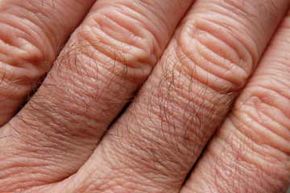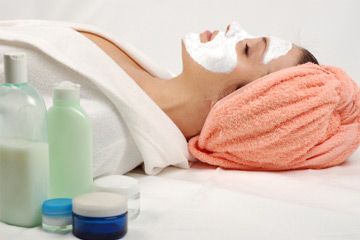If you're looking for a skin care product to help diminish fine lines and wrinkles, fix cracked heels or restore the smooth, soft skin you had as a child, there's a variety of options to choose from -- and many use an ingredient that mimics a natural fat in your skin. These synthetic lipids are called "pseudo-ceramides" after the natural lipds -- ceramides -- found in the outermost skin layer. Pseudo-ceramides are created to act like your skin's natural moisture barrier and improve your skin.
Seemingly magical because of the way they're designed to reinvigorate your skin and hair, these synthetic lipids are probably in many of the cosmetics you use daily. If you search the ingredient list of your favorite eye cream, wrinkle-reducing facial lotion or lip gloss, you'll likely find a form of pseudo-ceramides [source: Journal of Dermatological Science]. They work because they mimic the moisture-retaining building blocks found in normal, healthy skin.
Advertisement
Lipids are naturally occurring fats in your skin that act as a barrier to outside elements [source: Elias]. Without ceramides in the uppermost layers of skin, the skin can dry out, causing itchy, flaky skin or even dermatitis. But ceramides in your body can do more than simply keep your skin healthy. Ceramides can also be found in your brain and spinal cord tissue, and diseases like cancer and diabetes are thought to occur when ceramides in the body aren't working properly [source: The Lipid Library].
Manufactured pseudo-ceramides can benefit all skin types and restore essential moisture we lose as we age. Keep reading to learn more about pseudo-ceramides and how they work with your skin.
Advertisement

